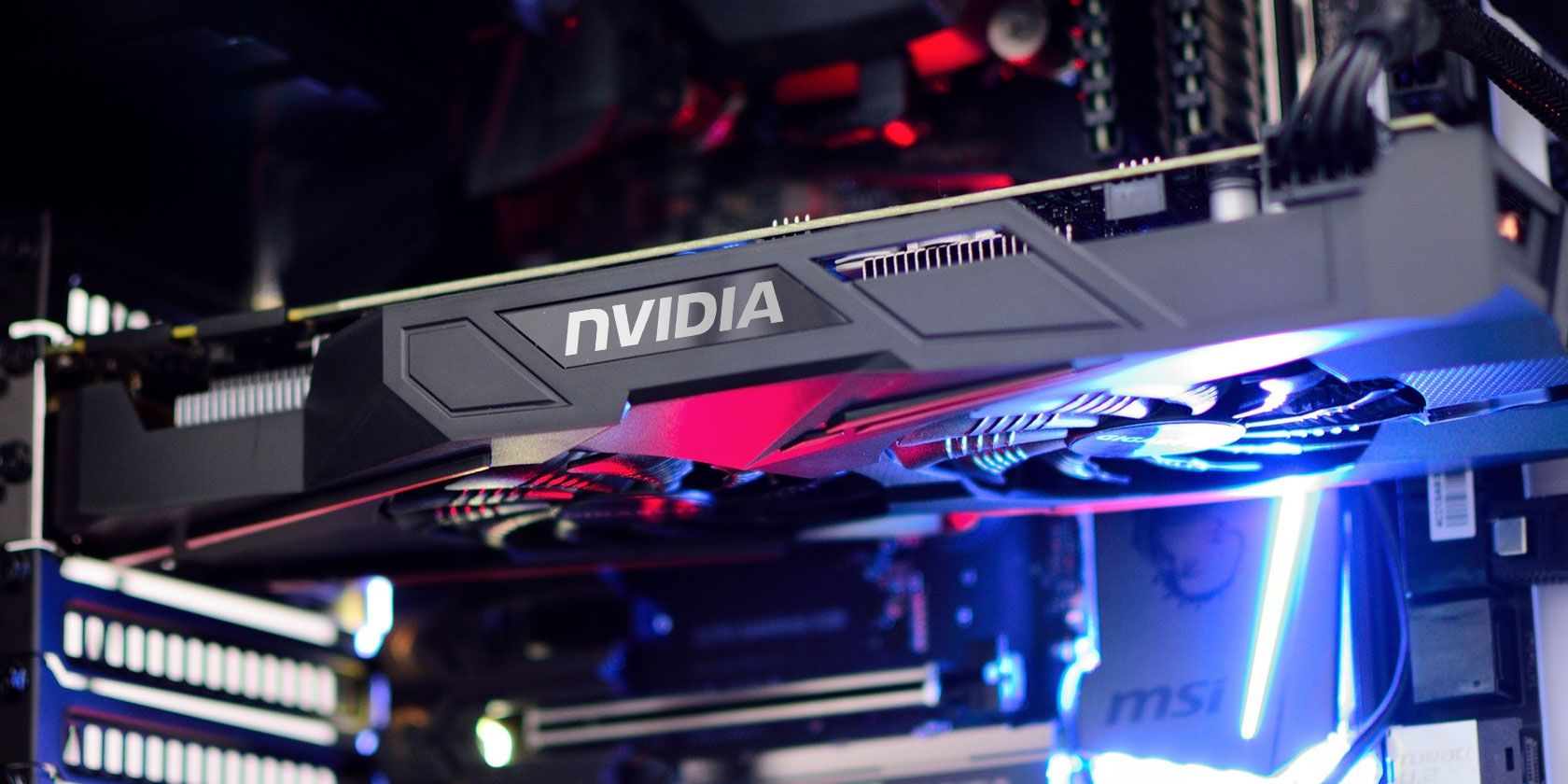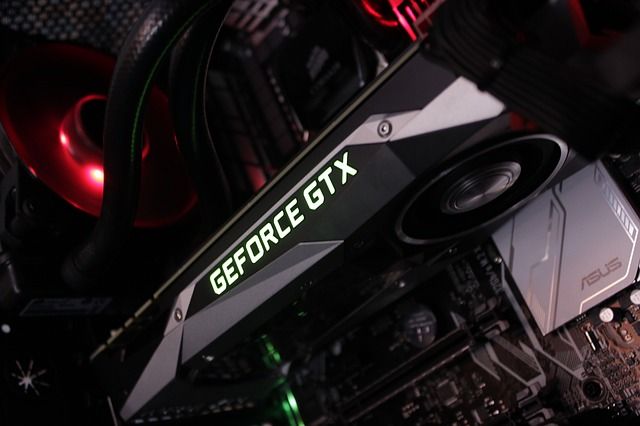When you're shopping around for a new GPU, you'll probably come across something called "CUDA cores" on a GPU's list of specifications. You'll hear people rave about these mysterious cores, but you still have no idea how they improve a GPU. To you, they're just something that makes you think of a sea creature.
That's all about to change. We're going to walk you through the basics of Nvidia's CUDA cores and how they help your PC render better graphics.
What Are CUDA Cores?
CUDA cores sound cool, but they, unfortunately, have nothing to do with barracudas. CUDA stands for "Compute Unified Device Architecture," which doesn't do much to explain exactly what CUDA cores do. These high-tech cores actually specialize in parallel processing. In other words, they're capable of working together to complete a task.
Are you familiar with how CPUs work? You probably know that CPUs come with cores. Some have dual-cores, quad-cores, or even come with eight cores. All of these cores help the CPU handle data---the more cores, the faster the CPU processes.
CUDA cores work the same way that CPU cores do (except they're found inside GPUs). While you can typically count the number of CPU cores on both hands, the number of CUDA cores in a GPU can be in the hundreds or thousands. Typically, you won't see a GPU with only a single CUDA core---GPUs will usually have hundreds or more.
Since CUDA cores are much smaller than CPU cores, you can fit more of them inside of a GPU. Plus, graphics cards tend to have a larger area compared to CPUs, making it spacious enough to fit thousands of CUDA cores.
Why Do CUDA Cores Matter in Gaming?
Now that you know what CUDA cores are and how they originated, you're probably wondering how all of these tiny cores can improve your gaming experience. CUDA cores allow your GPU to process similar tasks all at once.
The efficiency of CUDA cores comes from this parallel processing feature. As one core works to complete one task related to graphics, another core next to it will complete a similar job. This eliminates the wasted time that occurs when one core waits for another to complete its task before moving on.
CUDA cores only complete tasks related to graphics, which is where CUDA cores stand out from CPU cores---while CPU cores work to complete various unrelated tasks, CUDA cores only have to worry about graphics.
As for your gaming experience, CUDA cores help make your game look realistic by providing high-resolution graphics that create a lifelike 3D effect. You'll also notice that your games look more detailed and have improved lighting and shading.
When you encounter a loading screen when gaming, know that CUDA cores are at work behind the scenes. CUDA cores create the scenery, draw character models, and set up lighting before you set off on a virtual adventure.
What's the Difference Between CUDA Cores and Stream Processors?
If you're an AMD fan, then you're probably aware of AMD's stream processors. Most people know stream processors as AMD's version of CUDA cores, which is true for the most part.
Stream processors have the same purpose as CUDA cores, but both cores go about it in different ways. CUDA cores and stream processors are definitely not equal to each other---100 CUDA cores isn't equivalent to 100 stream processors.
So, what makes stream processors so different from CUDA cores? It's mostly due to the way the GPU is built. The structure of AMD and Nvidia GPUs differ greatly, and that causes the cores to behave differently as well.
How Many CUDA Cores Do You Really Need?
The more CUDA cores you have, the better your gaming experience. However, if you're looking for an affordable graphics card, you might not want to get one with a high number of CUDA cores (they can get pretty pricey).
CUDA cores aren't just popular with gamers. They have several different uses in areas that deal with a huge amount of data, such as engineering and Bitcoin mining. You'll need a high number of CUDA cores in these areas, but how many do you need just to play a PC game?
The answer really depends on how much money is in your wallet, and how well-rounded you want your graphics card. That being said, a graphics card with a higher number of CUDA cores doesn't necessarily mean that it's better than one with a lower number. The quality of a graphics card really depends on how its other features interact with the CUDA cores.
In order to get an accurate comparison between two cards, you should take a look at benchmark tests.
Will GPUs Ever Replace CPUs?
The development of CUDA cores makes us wonder whether it's possible for a GPU to completely replace a CPU. CUDA cores are capable of housing thousands of cores, but is that enough to warrant a replacement?
Ever since the early 2000s, Nvidia has been working to create a GPU for the purpose of general computing. In 2003, researchers from Stanford University created a programming model called Brook, which would bring Nvidia one step closer to creating a general-purpose GPU. At the time, some people thought that the introduction of Brook would bring an end to CPUs (as you can see, that hasn't happened yet).
The leader of the research team, Ian Buck, eventually joined Nvidia, beginning the story of the CUDA core. Nvidia released CUDA in 2006, and it has since dominated deep learning industries, image processing, computational science, and more. Even with the advancement of CUDA cores, it's still unlikely that GPUs will replace CPUs.
Upgrading Your Graphics Card
Using a graphics card that comes equipped with CUDA cores will give your PC an edge in overall performance, as well as in gaming. More CUDA cores mean clearer and more lifelike graphics. Just remember to take into account the other features of the graphics card as well.
If all the elements work together to create the best performance, you'll know that you made the right selection.
Don't know where to begin looking for your next graphics card? Our graphics card buying guide will help you make an informed purchase that fits your budget.


